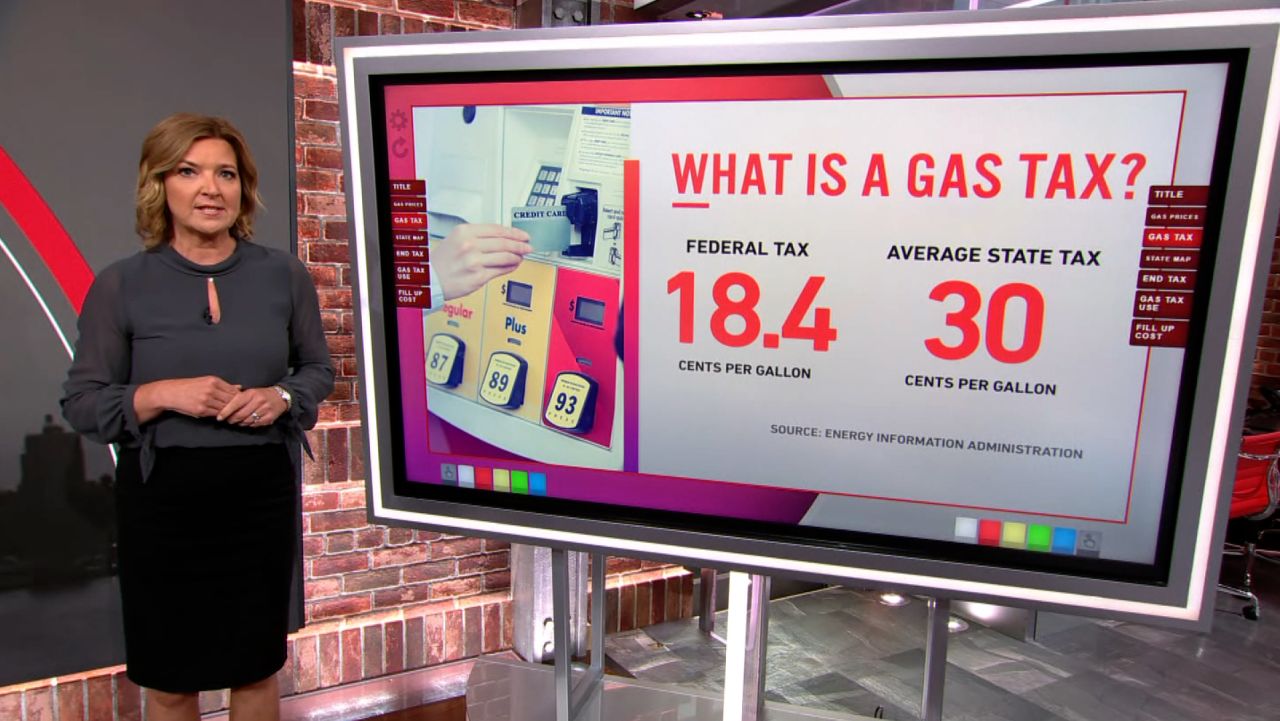Editor’s Note: This story is part of CNN Business’ Nightcap newsletter. To get it in your inbox, sign up for free, here.
There’s good news and bad news on the gas prices front. Good news: Some price relief could be on the way. The bad news: It’s because traders are betting on a recession.
In simple terms, there are two ways to bring down prices: Increase supply or reduce demand. The former is costly and complicated. The latter happens when consumers start pulling back because prices have risen too much and individual budgets are strained. That’s what appears to have happened this spring, as Americans watched gas prices soar above $5 a gallon and overall inflation top four-decade highs.
Although that might spell relief at the fuel pump, it may also signal a different kind of economic pain on the horizon.
“This morning’s market action has recession worries written all over it,” wrote Peter Boockvar, the chief investment officer at Bleakley Advisory Group. He put the odds of a recession this year at 99% because “nothing is 100%.”
Prices of oil spiked to $122.11 on June 8, their highest since March and about a dollar off its highest level since 2008.
In just two weeks since that spike, oil prices have fallen 16%. Why? It’s inflation, yet again, and the Federal Reserve’s campaign to fight it.
Recession fears
Consumer sentiment plunged to a record low, as consumers grew increasingly frustrated with high prices, according to a closely watched survey released June 10.
On the same day, the government’s primary inflation gauge, the consumer price index, saw its biggest jump in 40 years, with prices surging 8.6% for the 12 months ending in May. That was higher than the April reading — not the direction anyone was hoping for.
That mix of bad news more or less guaranteed that the Federal Reserve would have to raise interest rates more aggressively than it had previously signaled — a reality that shook investors and sent equity markets tumbling.
When central banks raise interest rates, it slows down economic activity, reducing demand for energy, which brings gas prices down (albeit slowly).
Over the weekend, US drivers got a very slight break on prices as the AAA average for a gallon of unleaded gas fell just below the $5 mark after hitting a high of $5.02 a gallon last week. That price has declined by a fraction of a penny each day since then.
On Wednesday, oil prices continued to fall even after the Biden administration said it would urge lawmakers to suspend the 18.4-cents-a-gallon federal gas tax in an effort to take the heat off prices – an action you’d expect would be bullish for demand.
Brent crude, the international benchmark, fell 4% to near $109 a barrel on Wednesday. West Texas Intermediate crude, the US standard, sank 4.5% to $104 a barrel.
Gas prices have fallen much more slowly than they went up, reaffirming the adage that prices go up like a rocket and come down like a feather. For the two months ahead of last week’s record, the AAA average price reading rose 58 times in 60 days, adding 94 cents to the national average price. That’s a steady climb of nearly 2 cents a day, compared with less than a penny a day that the price has fallen since Tuesday.
— CNN Business’ Chris Isidore contributed to this article.
Enjoying Nightcap? Sign up and you’ll get all of this, plus some other funny stuff we liked on the internet, in your inbox every night. (OK, most nights — we believe in a four-day week around here.)
























